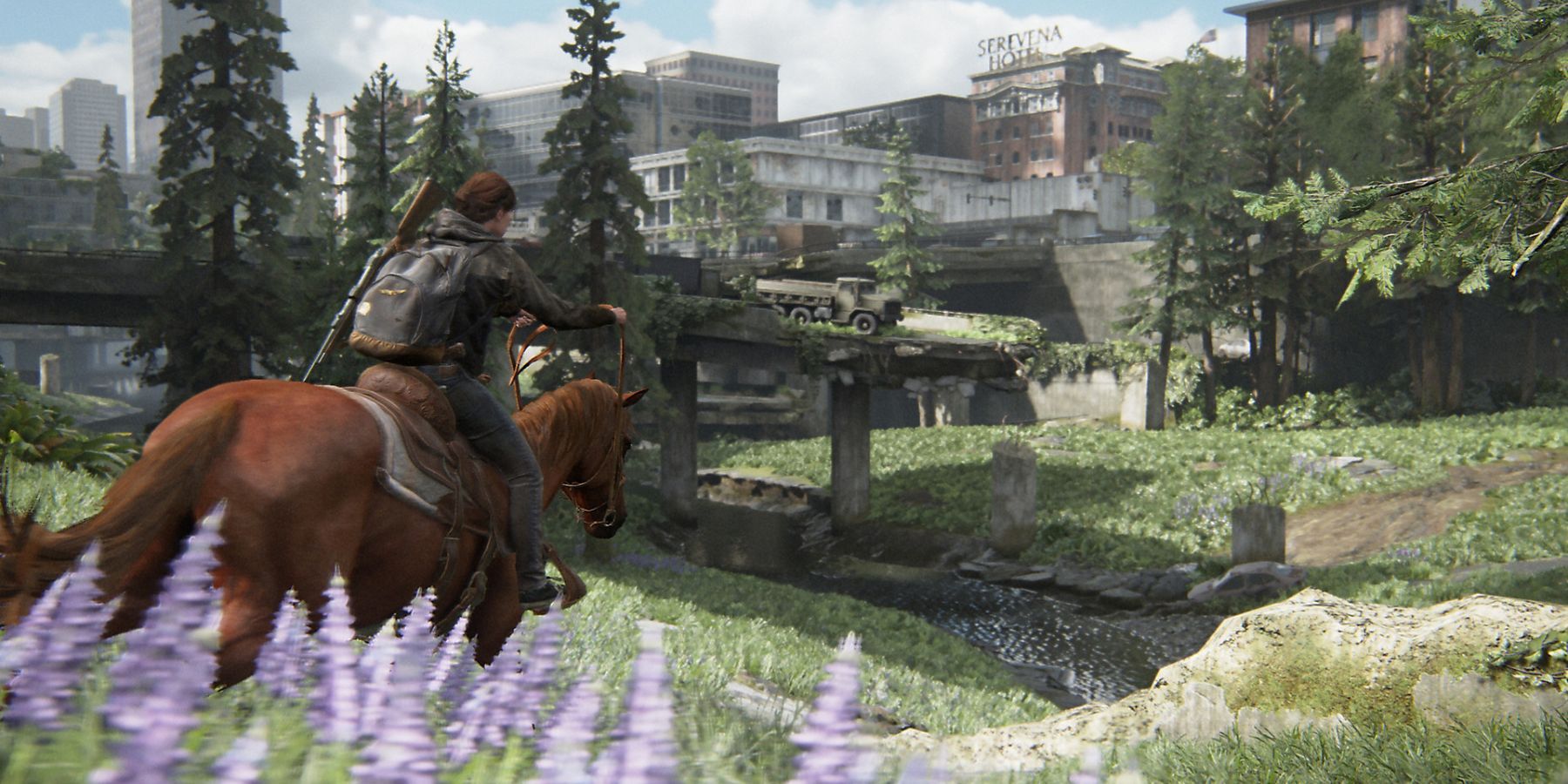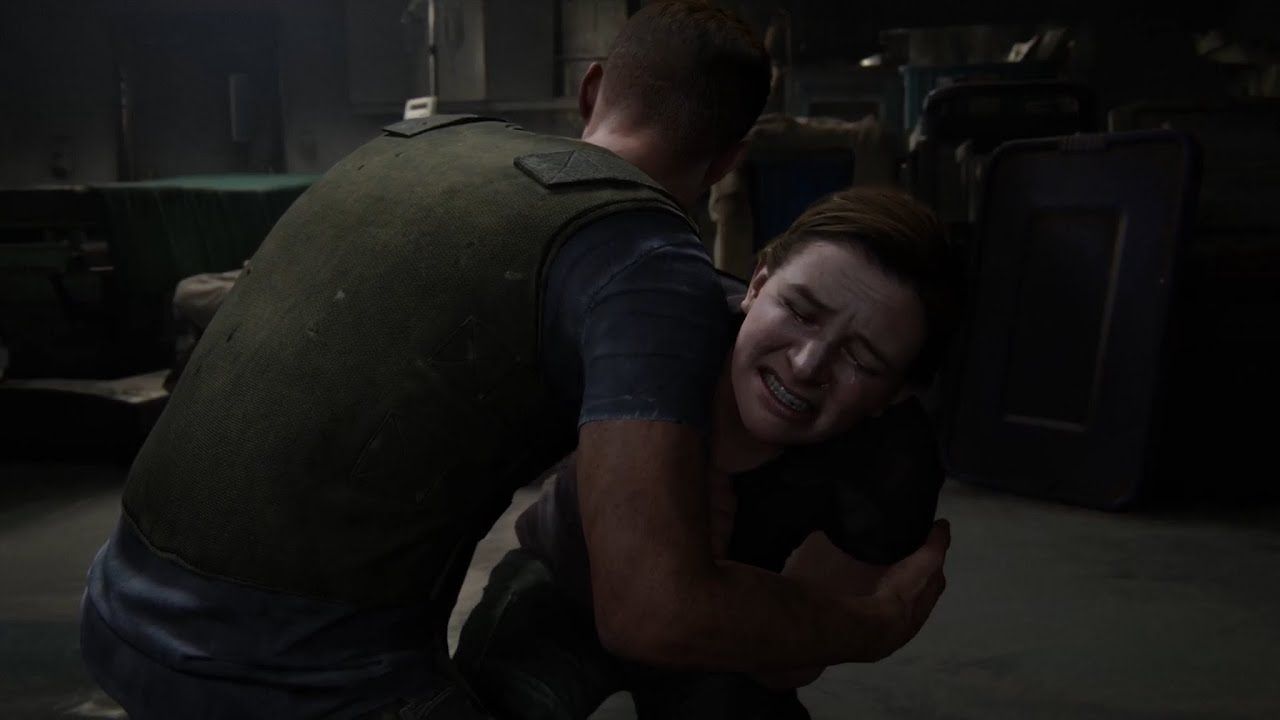Contrary to The Last of Us 2, The Last of Us’ narrative sweeps a fairly large area over the course of four seasons, but what is most impressive is how intimate its storytelling still is while neatly abridging these seasons as individual chapters. Joel needs Ellie as much as she needs him, creating a fun dynamic between the two that is expressed through both narrative and gameplay. Naughty Dog has always done a fantastic job of having NPC companions in The Last of Us games, and their contributions to actual gameplay are always felt, making their involvement and importance in the story that much more paramount.
The Last of Us Part 2 then opens Ellie up to even more people, and the biggest mental obstacle-course the game puts her and the player through is empathizing with someone else’s perspective, even when that person has committed a heinous act. Understanding why Abby kills Joel is incredibly important to the narrative, and being able to play as her for such an extended period of time attempts to achieve that. Ellie is already 19 and not a little girl anymore—not that she ever truly was—but the sequel is a coming-of-age tale in its own right as the game’s world expands simultaneously.
Ellie’s Maturation Occurs Outside the Safety of The Last of Us 2's Jackson
The Last of Us Part 2’s opening introduces players to the characters Ellie has been living with in their mountainous, secured town of Jackson. This town is thriving in its remote wilderness with horse stables and roles that each person amicably inhabits, such as having to go out on routine patrols to clear out any infected or salvage resources.
It is also in this town where Ellie meets Dina, who becomes her lover. But when Joel is killed by outsiders, Ellie and Dina track Abby and her companions to Seattle. The sequel opens up tremendously here with full days spent following Abby’s footsteps and encountering her friends along the way.
Abby and those close to her are affiliates of The Last of Us' Washington Liberation Front, but they are not introduced until much later. Ellie’s descent into grief sees that each of the WLF members she comes across is punished according to her own brand of justice. Each new kill brings her closer to her goal, but this mentality also harkens back to her not wanting the original adventure of The Last of Us to be for nothing, either.
Ellie becomes an antagonist herself the further she treks through Seattle, and her actions are seen as horrific when the perspective shifts to Abby as a playable character again. In this way, Ellie’s coming-of-age dissociates her from her loved ones as she attempts to deal with a devastating loss.
The Last of Us Characters Are All Molded by Tragedy
The Last of Us has gotten comfortable shaping its characters through the tragedies that they must deal with. This was obviously the case for Joel, who tragically loses a daughter as the infection first became viral and started the apocalypse.
That loss shapes him entirely for the next two decades until he meets Ellie in The Last of Us and learns to love her similarly, and that love results in many deaths when he needs to rescue Ellie from an arguably futile death herself. One of those deaths is that of Abby’s father, Jerry, and thus Abby’s own pursuit of rage and grief begins.
Indeed, there is a drastic learning curve involved with both protagonists, but it is exciting to see how larger environments and longer set pieces emphasize that in The Last of Us Part 2. Players are obviously somewhere they have not experienced before, the same as Ellie. But no longer is Ellie engaging in playful snowball fights with children—instead, she is hunting a dangerous woman who is hidden behind an armed militia group and also runs into a cult group that hangs and disembowels people.
The Last of Us Part 2 is available on PS4.



